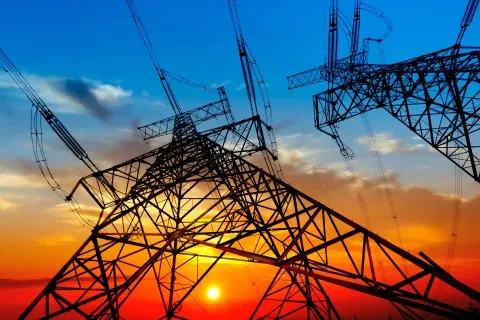
Renewables to account for 20% of China’s electricity by 2020
An ambitious government is key.
The Republic’s renewable energy capacity increased from just 27.8 GW in 2001 to 183 GW in 2013, says research and consulting firm GlobalData, and will continue to leave large footprints in its alternative energy track.
According to the report, China’s lead in the global renewable energy industry and in the Asia-Pacific region has been accelerated by a combination of government encouragement and market guidance, with planned investment of around $39.5 billion for the development of solar power between 2011 and 2015. Some other notable examples are the Golden Sun Program, the Building Integrated PV subsidy program, and FiTs for solar projects, such as the ‘One Million Rooftops Sunshine Plan’ in the Shandong province.
The country is aiming to add 15 GW of solar Photovoltaic (PV), 5 GW of wind, 0.53 GW of geothermal and 3.3 GW of biomass power by 2015, the report adds.
Here’s more from the report:
Harshavardhan Reddy Nagatham, GlobalData's Analyst covering Alternative Energy, says: “Soaring energy demand, expeditious industrialization and international pressure to reduce greenhouse gas emissions have impelled China to increase its share of renewable energy.
“The country has introduced Feed-in Tariffs (FiTs) at the state and provincial level in order to promote the development of alternative energy, which has contributed to substantial capacity additions over the last decade, especially those of wind and solar power. This growth is expected to continue thanks to the government’s ambitious targets for renewables.”
“Consequently, the Chinese government revised the target for the cumulative installed capacity of its solar power to 35 GW by 2015, a considerable increase from the original target of 21 GW set in 2012. This will also contribute significantly to the growth of PV installations in the near future,” concludes the analyst.








![Cross Domain [Manu + SBR + ABF + ABR + FMCG + HBR + ]](https://cmg-qa.s3.ap-southeast-1.amazonaws.com/s3fs-public/styles/exclusive_featured_article/public/2025-01/earth-3537401_1920_4.jpg.webp?itok=WaRpTJwE)
![Cross Domain [SBR + ABR]](https://cmg-qa.s3.ap-southeast-1.amazonaws.com/s3fs-public/styles/exclusive_featured_article/public/2025-01/pexels-jahoo-867092-2_1.jpg.webp?itok=o7MUL1oO)









 Advertise
Advertise


